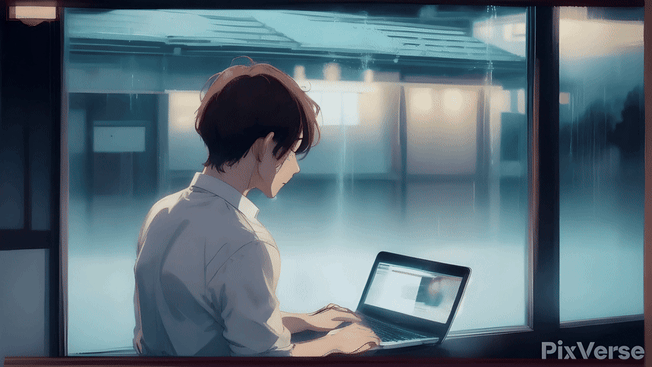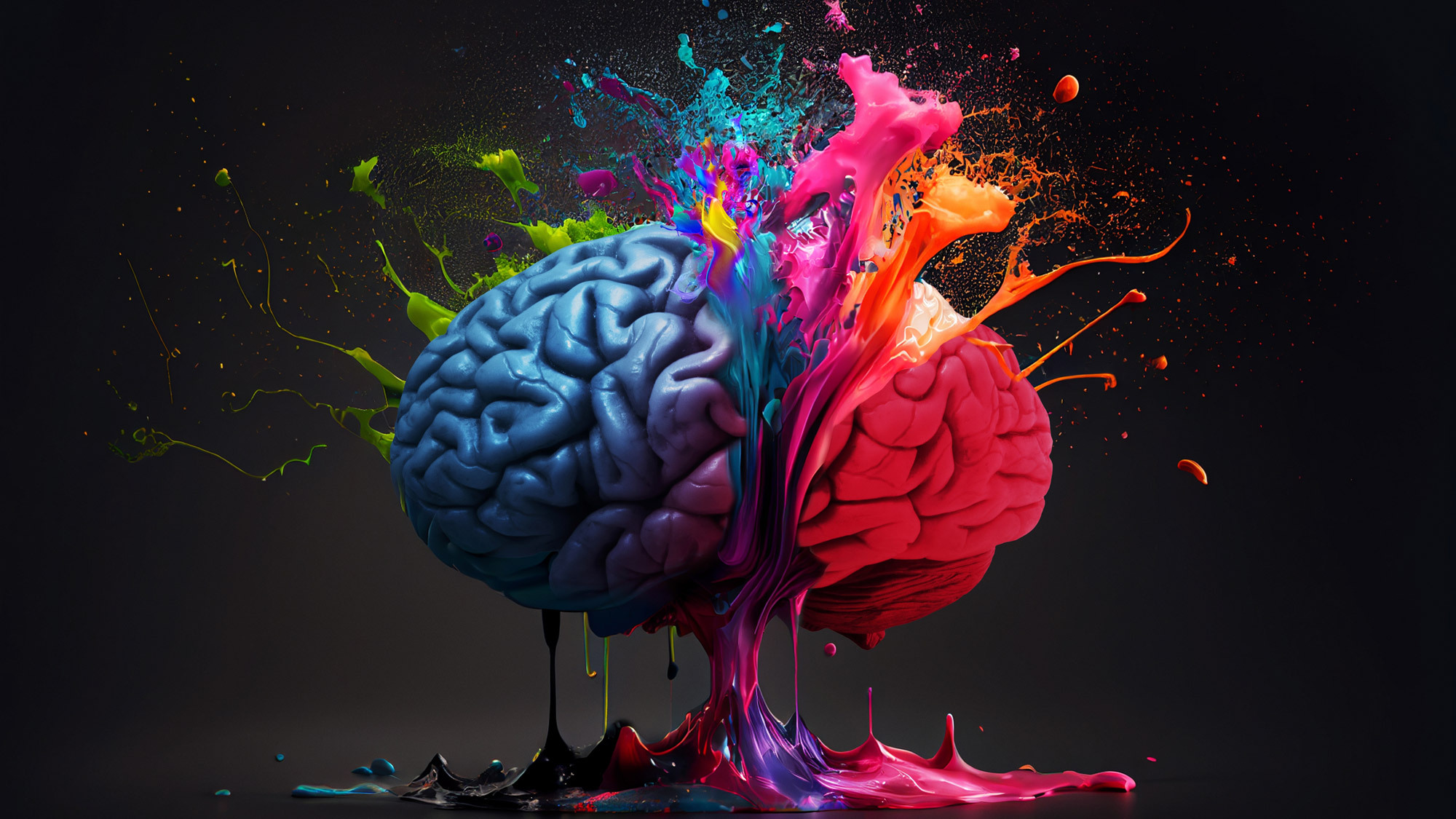Will AI videos change storytelling? The PixVerse community is finding out
Telling stories 4 seconds at a time

We all love a good story. A common piece of speech writing advice is in fact to slip in a story to engage your audience. While many talented speakers have the charm and skills to captivate us using only their words, there’s nothing wrong with using a few visual and audio aids.
The electronic literature (e lit) community has been mixing literary and digital techniques for years to create immersive and sometimes interactive stories — long before the likes of MidJourney, ElevenLabs or OpenAI came on the scene.
Apple started using “There’s an app for that” back in 2009. In 2024 it’s safe to assume there’s an AI for most tasks, organizations, or creative endeavors you can think of. That includes electronic literature.
Enter PixVerse
This is a new form of ‘literature text’. It can be aesthetically interpreted. It can provide enormous emotional value. It has tremendous potential.
Shang Chi
Some creations made by the AI video generator PixVerse have started gaining traction with users creating short films. The results are less blockbusters and more narrations coupled with animated images, but the clips are quite stunning.
At the moment, PixVerse does not support the generation of videos longer than four seconds, so the videos that users have posted online are sequences of these four-second clips spliced together.
This is the same for Runway, Pika Labs and Stable Video, although next-generation models like Sora are likely to solve this problem with longer form generation.
With PixVerse, using text prompts or starting from an image you can create videos in one of three styles — realistic, anime, or 3D animation. This gives you a greater degree of control over the output before generation begins.
Sign up to get the BEST of Tom's Guide direct to your inbox.
Get instant access to breaking news, the hottest reviews, great deals and helpful tips.
- As a driver, why should you bother with owning a Ferrari?What we do is not MOVIES; MOVIES are too complicated, too big, too expensive. What we do, is a new form of "literature text". It can be aesthestically interpreted. It can provide enormous emotional value. It has… pic.twitter.com/3uA4FXt9J3February 25, 2024
It’s not quite at Sora level, but on the other hand, PixVerse is already available for use and currently for free. Access is either through its Discord community or via the web application.
However, some users have found PixVerse’s more ‘rudimentary’ approach charming.
“What we do is not MOVIES; MOVIES are too complicated, too big, too expensive,” wrote X user Shang Chi, adding this “is a new form of ‘literature text’. It can be aesthetically interpreted. It can provide enormous emotional value. It has tremendous potential.”
Using ChatGPT to create prompts
PixVerse’s ability to generate AI videos starting with both text and image prompts makes it the perfect AI tool to combine with others.
You can easily use ChatGPT to craft text prompts or if you’re a more visual worker, you can use AI image generators such as Midjourney to create a visual base for your clips.
PixVerse highlighted a few creations that others made. These include an AI remake of the Awaken Akira (1988) trailer, an animated clip exploring what makes a great video, and an AI short entitled Love Rhapsody.
What's next?
Ready to be wowed?✨ Here are 12 phenomenal AI films created by PixVerse community.Trust me, this thread Will blow your mind. 🤯PART 3🔖 pic.twitter.com/iI68dPMUhHFebruary 26, 2024
Tools like PixVerse democratize the creation of visual content by eliminating the need for extensive technical skills or expensive resources. The barrier for entry for visual storytelling gets lower, allowing more people to give it a shot.
For the more advanced users, it isn’t too hard to see how AI videos may be used to create immersive experiences as new AI narrative forms take hold.
For now, a human touch is still required to add some emotional depth to AI videos. Particularly when a story must be woven using blocks of four-second videos.
More from Tom's Guide
- Open AI Sora is amazing — here's the 5 best AI video clips I've seen so far
- I just tried the new Assistive AI video tool — and its realism is incredible
- I used AI to make a love song and music video for Valentines Day — here’s how it turned out
Christoph Schwaiger is a journalist who mainly covers technology, science, and current affairs. His stories have appeared in Tom's Guide, New Scientist, Live Science, and other established publications. Always up for joining a good discussion, Christoph enjoys speaking at events or to other journalists and has appeared on LBC and Times Radio among other outlets. He believes in giving back to the community and has served on different consultative councils. He was also a National President for Junior Chamber International (JCI), a global organization founded in the USA. You can follow him on Twitter @cschwaigermt.











